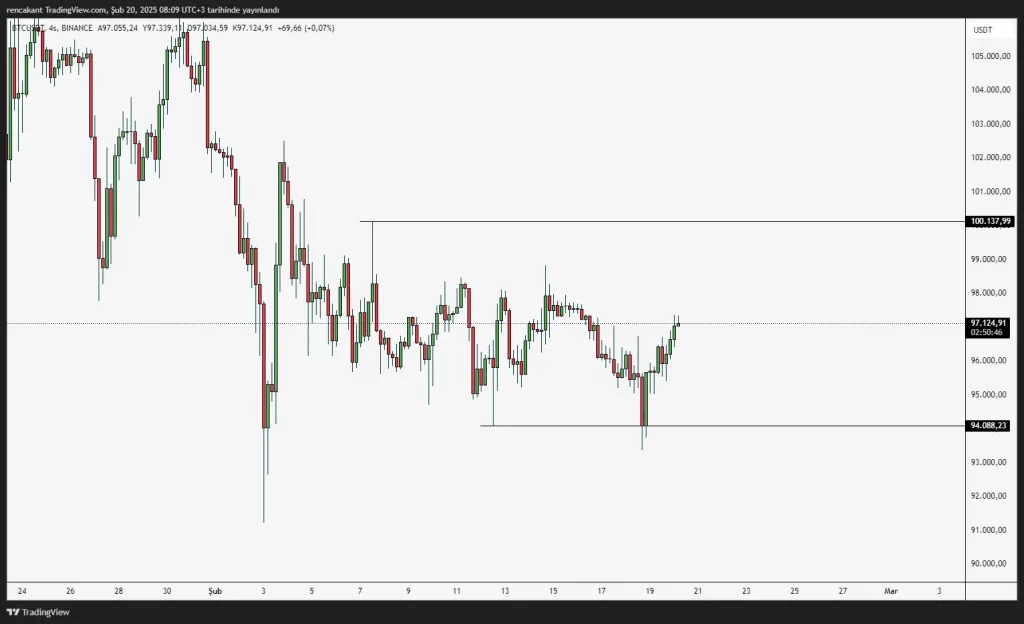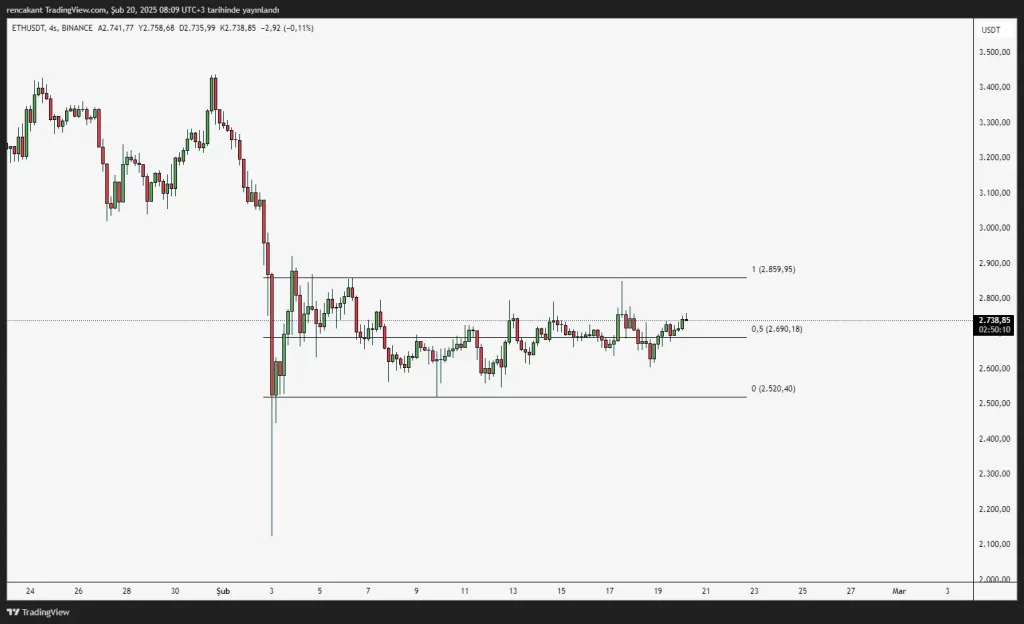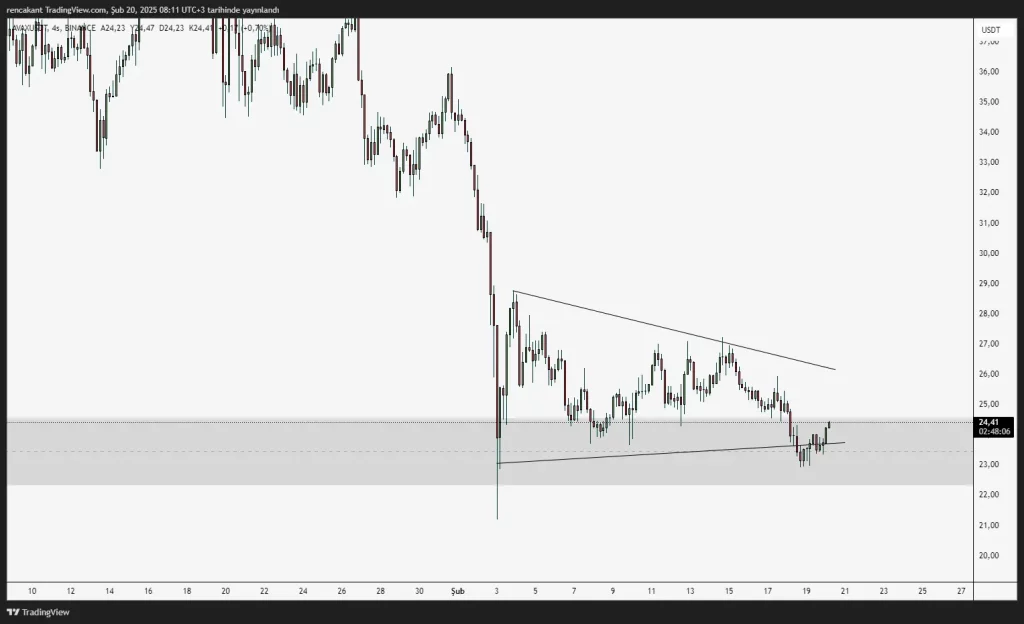Trump Repeated His Promise of Making USA A Crypto Capital – SEC Accepts Canary Capital’s Spot XRP ETF Application
Trump Reiterates Pledge to Make US “Crypto Capital”
Speaking at a conference in Miami, US President Donald Trump reiterated his commitment to making the US a “crypto capital,” attributing Bitcoin’s record highs to his administration’s support for digital assets. Trump emphasized that he has taken steps such as appointing former pro-crypto regulator Paul Atkins to head the SEC and issuing an executive order banning centralized digital bank money and developing a federal regulatory framework. He also criticized the previous administration’s SEC for being hostile to crypto, declaring that “the war on Bitcoin is over.” Memecoins launched by Trump and his wife Melania have reached a market value of billions of dollars. With a more crypto-friendly Congress in office, Washington is expected to be more positive toward the sector.
SEC Accepts Canary Capital’s Spot XRP ETF Application
The SEC has taken another step in the regulatory process by accepting Cboe BZX Exchange’s spot XRP ETF application on behalf of Canary Capital. This development follows previous XRP ETF applications from 21Shares, Bitwise, Grayscale, and CoinShares, as well as the acceptance of Canary Capital’s Litecoin ETF application. The SEC’s approval process includes a 21-day public comment period after the application is published in the Federal Register. The Trump administration’s pro-crypto policies have led to a surge in new crypto ETF applications following the approval of spot Bitcoin and Ethereum ETFs last year. In addition, a new crypto task force led by SEC Commissioner Hester Peirce aims to determine which crypto assets are classified as securities.
Utah’s Bitcoin Reserve Bill Advances to Senate Committee
Utah’s Bitcoin Strategic Reserve Act, “HB 230,” which would allow public funds to be invested in Bitcoin, has advanced to the Senate Revenue and Taxation Committee. The bill passed the House of Representatives 8-1 last month. The bill would authorize the state treasurer to invest up to 5% of public funds in digital assets or stablecoins with a market value of over $500 billion, such as Bitcoin. If enacted, the law would go into effect on May 7, 2025. Utah is the 11th state to discuss such a bill, but aims to be the first to pass it. Recently, states such as Texas, Ohio, and Pennsylvania have been working on similar laws.
Mantra Finance Expands DeFi and RWA Services by Receiving Crypto License from Dubai
Mantra Finance, which operates in the field of decentralized finance (DeFi) and tokenization of real-world assets (RWA), has received a virtual asset service provider (VASP) license from the Dubai Virtual Assets Regulatory Authority (VARA). This license will allow Mantra to expand its services to institutional investors in the United Arab Emirates (UAE) and the Middle East – North Africa (MENA) region. Noting that Dubai is a pioneer in crypto regulations, Mantra CEO John Patrick Mullin said, “This license is a key step in Mantra’s global expansion.” The company aims to offer regulated financial products to institutional investors and strengthen the bridge between crypto and traditional finance. Mantra also announced that it is working with major institutions such as Damac, Libre, MAG, Novus Aviation, and Zand to move billions of dollars of assets to the blockchain.
Countries Under US Sanctions Turn to Crypto
Blockchain analysis firm Chainalysis announced that countries under US sanctions accounted for 39% of illicit crypto transactions in 2023, purchasing approximately $16 billion worth of digital assets. According to the report, Iran, in particular, stood out in sanctions-related crypto activities. The report states that Russia and Iran conduct financial transactions with trading partners such as China and India without using the US dollar.
Hong Kong Regulatory Authority on Path to Become Global Crypto Hub
The Hong Kong Securities and Futures Commission (SFC) has announced a new roadmap called “ASPIRe” with the aim of making the city a global crypto hub. The strategy, which consists of five pillars, aims to facilitate market access, strengthen regulatory frameworks, develop new virtual asset products, modernize market infrastructure, and increase stakeholder collaboration. The plan aims to address issues such as liquidity fragmentation, regulatory arbitrage, and market volatility, while encouraging blockchain innovation. In addition, the SFC proposes to increase the compatibility between traditional finance and crypto markets, meet institutional investor interest, and update regulatory frameworks to include innovations such as smart contracts and decentralized finance.
SEC’s Crypto Investigations Could Be Halted
Former SEC attorney John Reed Stark predicts that crypto asset investigations by the U.S. Securities and Exchange Commission (SEC) will come to a complete halt. Stark stated that the SEC will either postpone or swiftly resolve all crypto cases, including the ongoing legal battle with Ripple, in favor of crypto defendants. This prediction is strengthened by the suspension of lawsuits filed against major crypto companies such as Binance and Coinbase recently. Stark claimed that the SEC will also soon stop the Ripple case, while he argued that developments such as the transfer of more than 50 lawyers and staff to other departments within the institution support this.
Bitcoin Needs Special Attention
Czech Central Bank (CNB) Governor Aleš Michl emphasized that Bitcoin should be evaluated separately from other crypto assets and stated that it would be useful for central bankers to examine Bitcoin and its underlying technology. The CNB is considering adding Bitcoin to its test portfolio as part of its international reserve management strategy. However, Michl stated that Bitcoin is a high-risk asset and that investment decisions will be made after careful analysis. This move by the bank is seen as a step towards understanding Bitcoin’s role in the financial system. Michl stated that Bitcoin could either fall to zero or reach a large value in the future. The Czech Finance Minister criticized this plan due to Bitcoin’s volatility.
——————————————————————————————
BITCOIN (BTC)
BTC is priced at $97,185 as of the morning hours, gaining 0.56% in value. While the current structure indicates a short-term consolidation process, the price needs to gain momentum in order to move towards the 100,137 resistance. If the price can stay above the 97,500 level, the upward movement is likely to continue and a test towards the 100,137 level can be expected. However, this region may work as a strong resistance and selling pressure may come from here. Alternatively, if the price breaks below 96,500, there could be a pullback to 94,088.

ETHEREUM (ETH)
ETH is priced at $ 2,738 as of the morning hours with a 0.84% gain in value. With the support it received from the 2,520 level, it is recovering and trading at 2,738. Looking at the Fibonacci retracement levels, staying above the 0.5 level of 2,690 may support the price to gain upward momentum. If the price can exceed the 2,740 – 2,750 region, a movement towards the 2,860 level can be expected. This is an important resistance position as it is both the Fibonacci 1.0 level and the previous high. In a possible breakout, the price may enter a new uptrend.

RIPPLE (XRP)
XRP is priced at $ 2.69 as of the morning hours, down 0.98%. The price is seen to be gaining strength from short-term support areas. Currently, the price is making a move towards the 2.8501 resistance. If this level can be overcome, it is possible for the upward momentum to continue and the price to enter a new uptrend. On the other hand, if the 2.8501 level works as a strong resistance, the price is likely to pull back towards the 2.65 region. Since this level was the region that worked as support in the last uptrend, buyers can be expected to step in again. From a broader perspective, it can be said that the uptrend will be maintained as long as the price stays above the 2.4862 level. However, if this support is broken, the price is likely to make a deep correction to the 2.35 – 2.30 region.

AVALANCHE (AVAX)
AVAX is trading at $ 24.44 as of the morning hours with a 2.95% gain in value. It is observed that the price reacted from the support area in the 23.50 – 24.00 region and showed a slight recovery. However, in order for the price to continue its upward movement, it needs to break above the falling trend line. Currently, the price is trading at 24.39 and is close to testing the falling trend line. If the price breaks this trend line and can hold on, the 26.00 and 27.50 levels can be followed as resistance. Otherwise, the price may pull back towards the 23.50 support. If this support area is broken, the 22.00 – 21.50 levels may become the target with a deeper correction.

SOLANA (SOL)
SOL is priced at $ 173.11 with a 2.48% gain as of the morning hours. The support zone formed in the 160-165 band has previously worked as a strong demand area and caused the price to react and recover from here. The price, which is currently traded at 173.08, can be followed as the next resistance level if it can maintain its upward momentum. Looking at previous price movements, this support zone has been tested many times and has attracted attention as an area where buyers are strong. However, if the price breaks the 160 level to the downside, the 145.60 level may become the target for a deeper correction.
